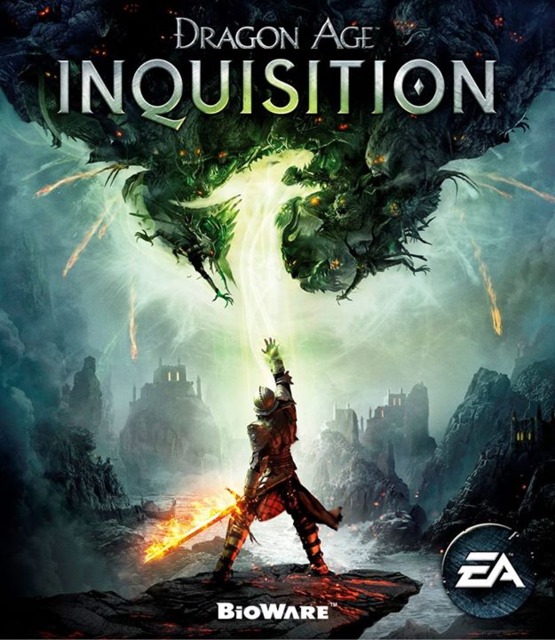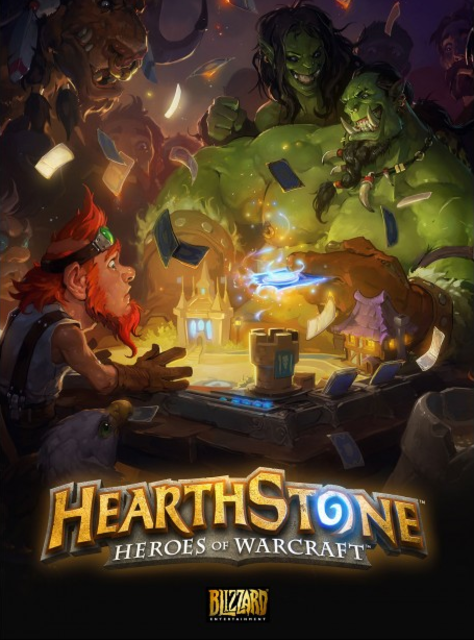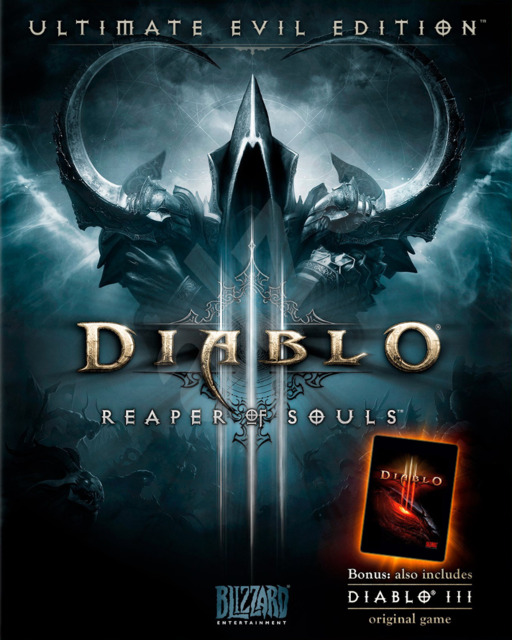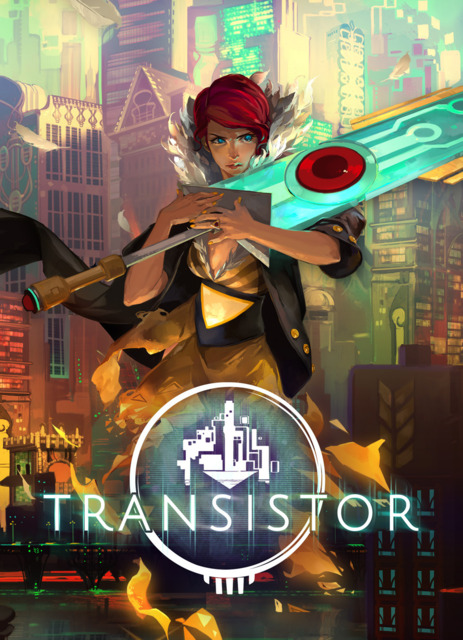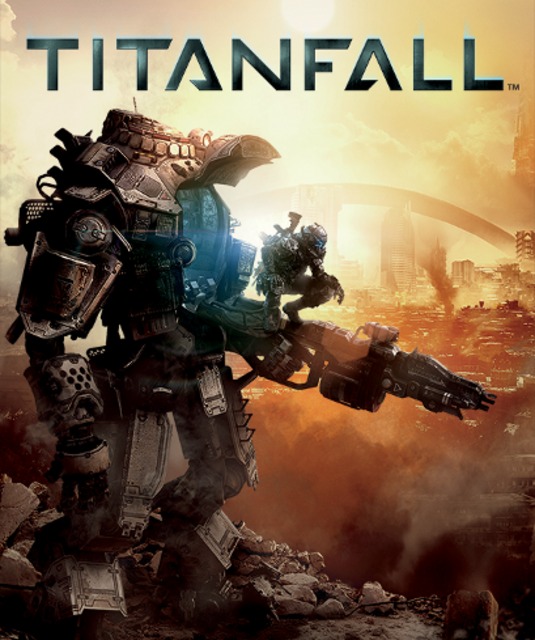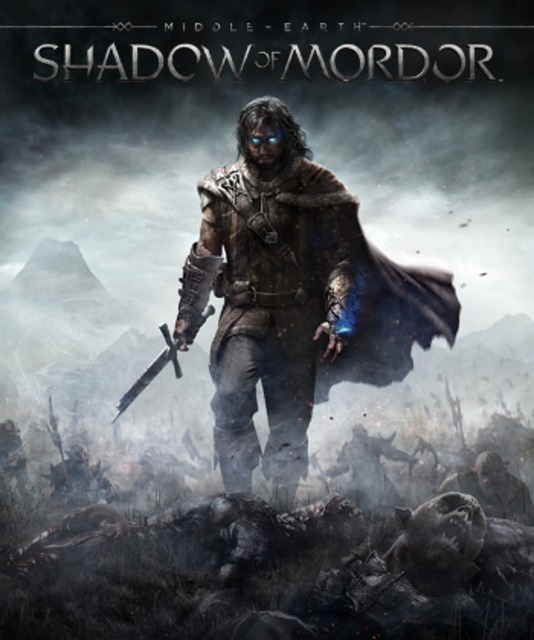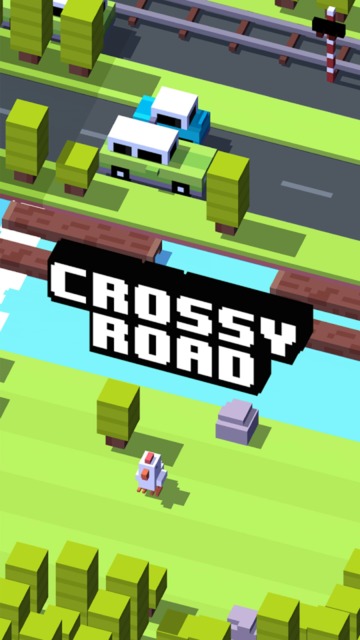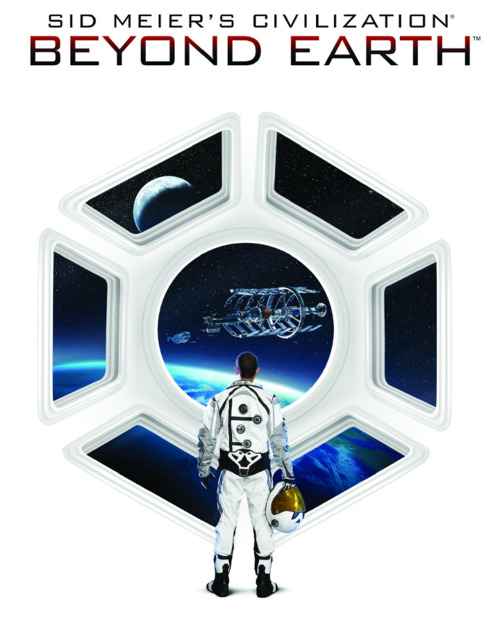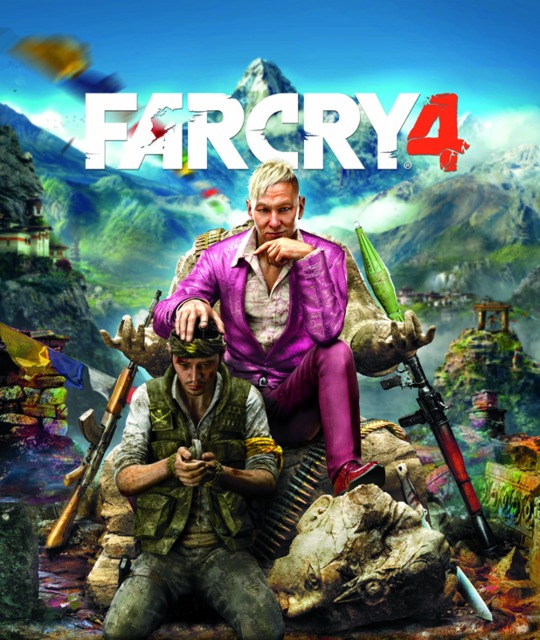Game of The Year 2014 Users Choice
For all the negativity around the 2014 releases, I didn't have a hard time finding ten games I enjoyed. I could have easily listed 20 games I enjoyed. They weren't all as great as past years' games, but this was the best of the best for me in 2014.

